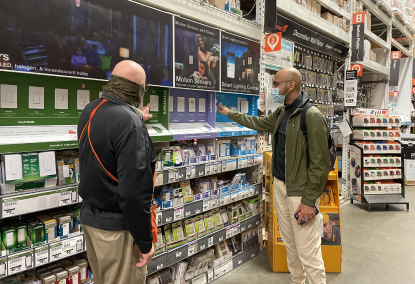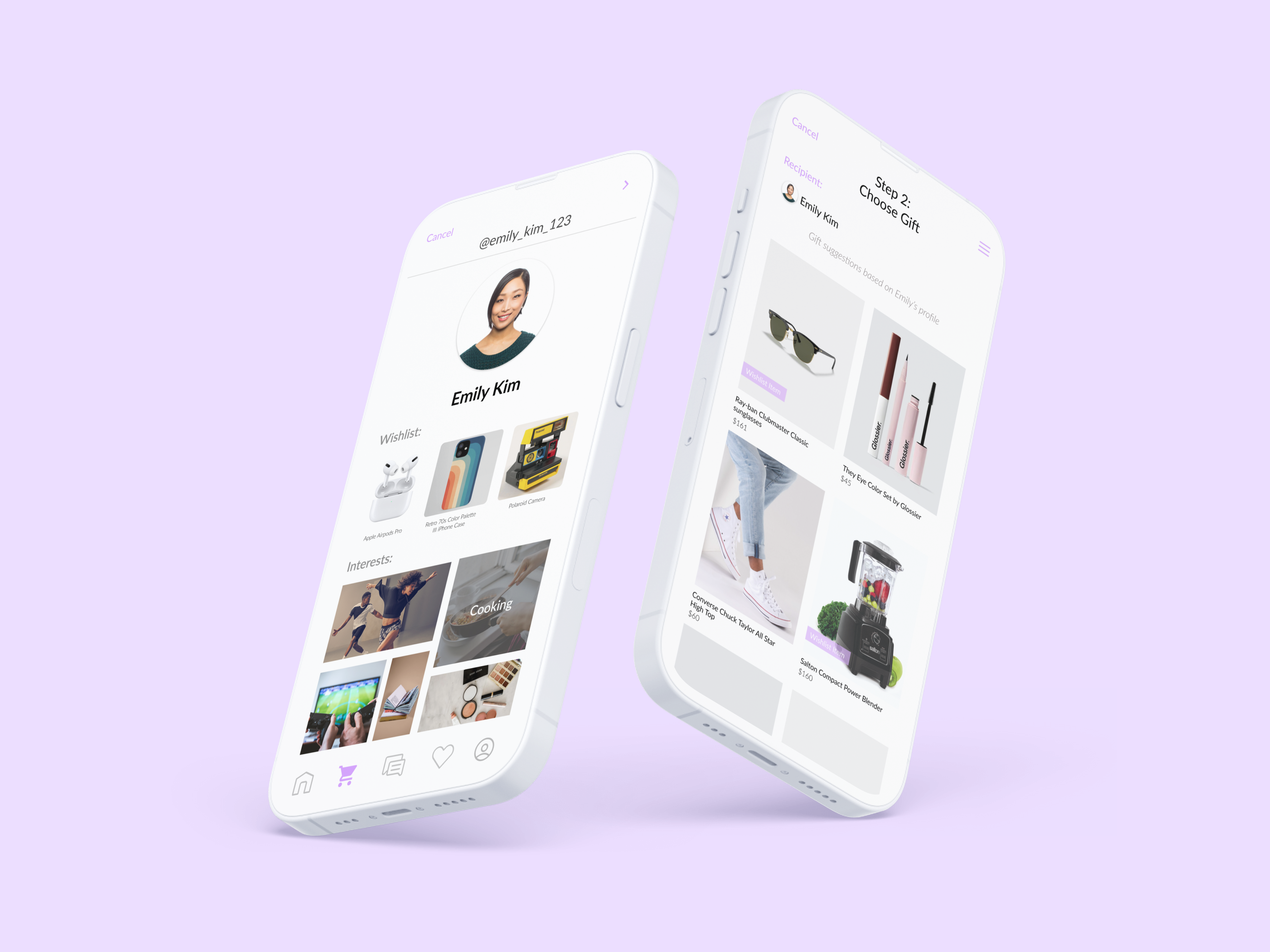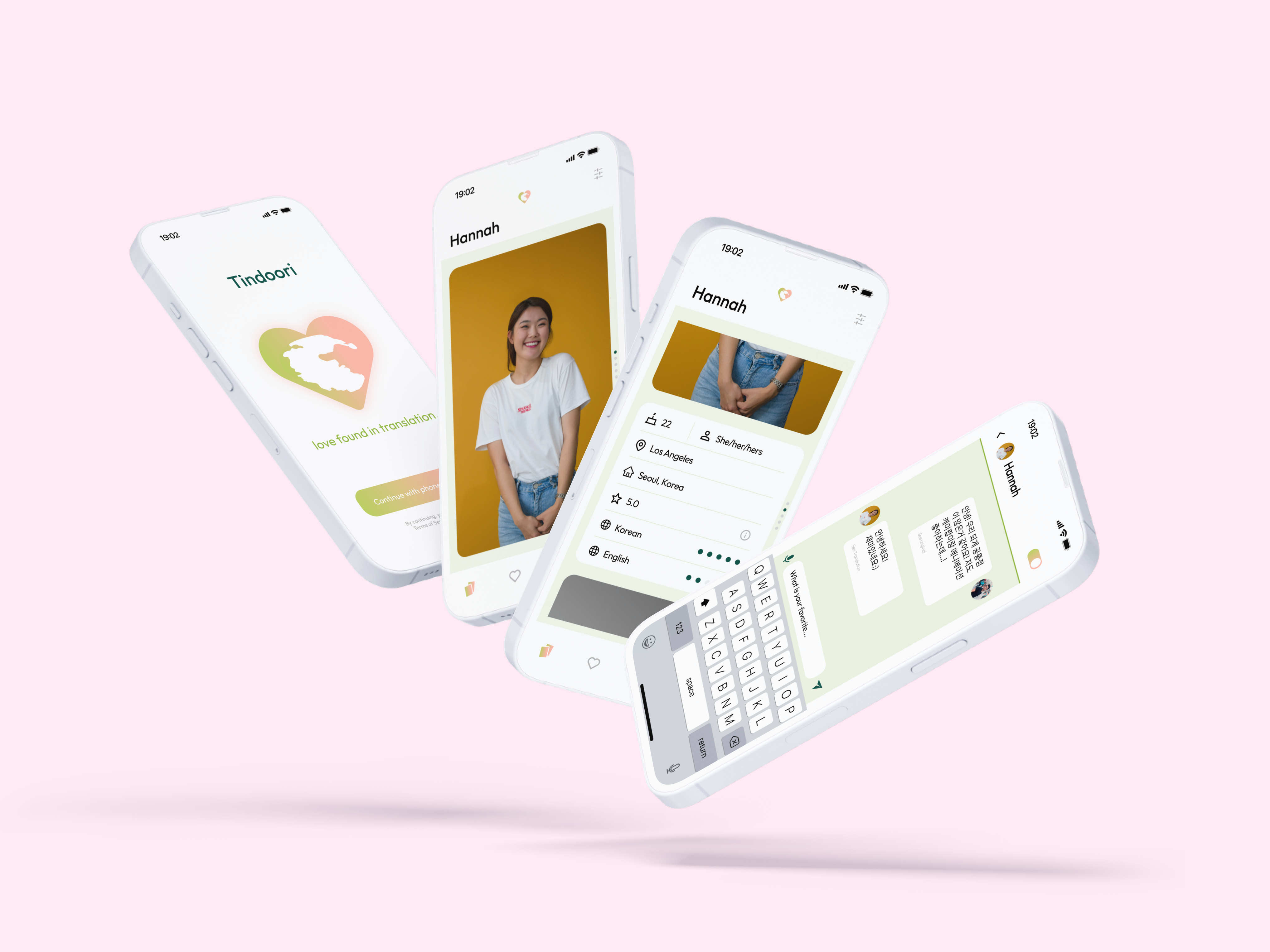Lutron Affinity
Maximize the comfort of your home with the help of your friendly lighting butler.
Duration: 8 weeks (Spring 2021)
Course Name: Service Design
Skills & Methods: UI/UX design, Responsive app design, Research Analysis
Tools: Figma, Final Cut Pro
Team: Raajat Gupta, Anubhav Aggarwal, Yunmin Oh
Client: Lutron Electronics
"How might we help Lutron Residential Solutions identify and address a core unmet need for its ecosystem stakeholders?"
Context
About our Client &
our Task
Lutron Electronics is a leading manufacturer of energy-saving light, shade, and temperature controls for new and existing homes and offices. They offer a wide selection of energy-saving dimmer and lighting control solutions, making them the leader in the lighting control industry. As the company is seeking innovative ways to expand its products and services, our team was given the task of designing an innovative service for Lutron Residential Solutions.
Research Process
Research Stage
To explore the current state of Lutron's service, our team reached out to Lutron's customers including installers, customers, and sales associates, and conducted directed storytelling, a research method that allows collecting compelling stories from users when direct observation is limited.
We asked a different set of questions to types of different users. For installers, we asked what makes them uncomfortable installing the system themselves and how difficult their decision-making gets when choosing types or brands of a switch. For customers, we asked about their last smart switch or dimmer purchasing experience, decision-making process, installation experience, and experience with the usage of the product.
We also conducted guerrilla research by visiting Home Depot and talking to Lutron sales associates to get a glimpse of how customers make decisions to choose the right product. Visiting a retail store helped us to better understand how the customers interact with Lutron products as we were able to get exposed to a wide range of Lutron switches and dimmers. Apart from direct customer interaction, we also looked at various online channels to understand the sentiments and experiences of people with Lutron’s smart home products.


Research Analysis
The overall sentiment regarding Lutron was quite positive, customers appreciate the quality of Lutron’s products. However, customers still had complaints about Lutron's compatibility with other smart home systems as well as their difficult installation process.
We gathered our findings and went through the exercise of affinity diagramming. We extracted 4 pain points:
1.) Connecting and integrating other smart home solutions onto a larger smart home setup is very challenging and not intuitive.
1.) Connecting and integrating other smart home solutions onto a larger smart home setup is very challenging and not intuitive.
2.) Customers' lack of knowledge about smart lighting makes making informed decisions about which products to buy difficult.
3.) The process of customizing smart lighting systems to users' specific needs is too redundant and manual.
4.) Smart lighting devices are simply too expensive for customers to purchase every part they wish to have for their smart home.
Two large opportunity spaces shone particularly bright. The up-front decision-making process wasn't an easy task. With the users feeling lost on what to buy, why to buy it, or how their needs can be served by a product, it made it hard for new customers to approach smart lighting. Optimized lighting usage was also lacking - although DIY customers set up their lights to be fully connected and integrated into their smart homes, they were frustrated by how long it took to customize to their needs and oftentimes didn’t know what the best lighting for a situation even was.
Narrowing the Scope
Now that we've identified our key points, we performed the crazy eights exercise as our first step in creating a solution. We created a board full of sticky notes containing a variety of different concepts and then organized them into 3 different groups:
1.) Create more sophisticated and connected experiences that go beyond lighting.
2.) Make it easier to customize lighting experiences based on user needs.
3.) Increase the level of pre-existing knowledge before purchasing.
1.) Create more sophisticated and connected experiences that go beyond lighting.
2.) Make it easier to customize lighting experiences based on user needs.
3.) Increase the level of pre-existing knowledge before purchasing.
With these concepts in mind, we generated 9 different service innovations and created conceptual models for each idea. Ultimately we had to narrow it down to 3 ideas but we were able to recognize the common theme in our favorite ideas: a smarter ecosystem of connected devices with additional points of data to identify different contexts and react accordingly. With this theme in mind, our team shifted our focus to the question of:
"What if Lutron could leverage smart home sensors to detect user contexts and automate lighting settings to match those contexts?"
Ideation Process
User Journey
& Service Blueprint
Based on the feedback we received, our team realized that we needed to dive deeper into the lighting usage experience for our target users and familiarize ourselves with the existing process so that we could recognize the window of opportunities for improvement. To get this holistic view, we developed a user journey blueprint, showcasing both user's emotional journey, and service blueprint elements revealing that journey.
The user journey blueprint highlights significant pain points across the lighting usage experience for our target users. They had to manually input all desired lighting routines and scenes through the Lutron app (time-consuming and tedious), remember or discover new lighting preferences (trial-and-error), and then find alternatives when they couldn’t achieve the preferences they wanted.
This deep-dive analysis revealed to us a clear opportunity for improvement across the blueprint: Instead of users having to discover and manually input lighting preferences themselves, what if the Lutron ecosystem could handle that task for them? If we could detect the different contexts, then we could make appropriate lighting recommendations for any situations that adapted and changed dynamically as contexts did.
Persona
After gathering insights from the user interviews and different sources of online reviews, we developed a persona, an archetype of a user with personal contexts.
While we were creating a persona, we approached it with the intention of being careful about not being biased or relying on our own assumptions about the user. Fortunately, we talked to a wide range of different users through directed storytelling, and based on qualitative data, we were able to create personas that would represent the people to who we talked. It also helped us feel more confident to further develop our service design idea because our persona was based on data we collected from real customers and therefore, we were able to ensure that the service we are creating would meet the needs of the real users.
In addition, creating a persona with the illustration of their goals, interests, values, pain points, and the level of technology savviness not only allowed us to critically analyze the gathered user information from the interviews but also helped us to empathize with the users.
While we were creating a persona, we approached it with the intention of being careful about not being biased or relying on our own assumptions about the user. Fortunately, we talked to a wide range of different users through directed storytelling, and based on qualitative data, we were able to create personas that would represent the people to who we talked. It also helped us feel more confident to further develop our service design idea because our persona was based on data we collected from real customers and therefore, we were able to ensure that the service we are creating would meet the needs of the real users.
In addition, creating a persona with the illustration of their goals, interests, values, pain points, and the level of technology savviness not only allowed us to critically analyze the gathered user information from the interviews but also helped us to empathize with the users.
Storyboards
& Speed Dating
Even after creating the user journey blueprint and persona, we were still left with the question of how specifically will the users interact with our service and whether they even find any value in using it.
To test that, we turned to the exercises of storyboarding and speed dating. Storyboards helped us convey the overall scope of our idea without needing to build it out or prototype it in any way. Speed dating helped us get the feedback we needed quickly and efficiently in time for our first presentation to Lutron. We created three versions of our idea to answer one of our biggest question marks - what degree of sophistication and automation did users want in the end service?
We conducted 8 interviews total, with two overwhelming responses:
1.) Users were very enthusiastic about the idea and its ability to simplify their lighting usage while still optimizing lighting for their needs.
2.) Users heavily preferred the highest level of sophistication, in which the service turns context detection into recommendations of sophisticated lighting configurations based on lighting needs with a fully automated system.
Feedback from Lutron
We pitched our idea to the Lutron representatives but the team struggled to understand some points and offered us some questions:
1.) How could the system always know the “perfect lighting” for any situation because the needs are so subjective and personal. They had worked on automated shading and lights in the past and noted that even simple, time-based automation could annoy users because it didn’t match the lighting they wanted for a moment, so how could we solve this issue with even more complex automation? Even if users claimed to want this perfect automation, how could we build affinity for a solution that wasn’t always perfect?
2.) How could this solution would be implemented without integrations with ecosystem partners (e.g., smart home hubs, other smart systems) because Lutron wouldn’t be able to utilize their sensors without providing some value in return.
Addressing the Problem
Although the response we received wasn't exactly what we anticipated, we were humbled by the experience and remained grateful because it created a pivot opportunity for our product.
In response to our pitch, we quickly realized that there were still gaps and problems to be addressed: we needed to think through how to loop users in, and how to provide value to a larger ecosystem of smart home players. Users couldn’t understand how Affinity made lighting recommendations, and couldn’t correct any flawed decision-making. This got us thinking, how could we increase transparency and user satisfaction with our solution?
This led us to design an accompanying mobile app to serve as the "face" of Lutron Affinity to increase opportunities for transparency and user feedback and redefine Affinity’s value proposition to support the larger Lutron stakeholder ecosystem. It'll provide recommendations for approval, explain the rationale of Lutron Affinity, and allow any user to override or make adjustments according to their liking.
Value Flow
Going back to the feedback we received from Lutron, we realized that we never thought of how understanding users' context-specific lighting needs could offer value to Lutron across its entire ecosystem to different stakeholders.
With the help of value flow diagrams, we identified 3 other stakeholder groups that we could drive value for by modifying our offering:
With the help of value flow diagrams, we identified 3 other stakeholder groups that we could drive value for by modifying our offering:
1.) Lutron’s Sales and Product Teams: Lutron is provided with more data and information about their user contextual needs to fuel their product innovation and sales efforts. This can benefit Lutron, from refining showrooms to product lines.
2.) Other Smart Home Companies: Lutron can create a new revenue stream by sharing user contexts with other smart home companies so they can engineer their own recommendations, in exchange for Lutron’s usage of smart hub sensors.
3.) Utility Companies: Give users opportunities and encouragement to integrate more energy-efficient scenes by using intelligent dimming and user location detection, to save users energy and reduce grid consumption.
Final Solution
Lutron Affinity
Lutron Affinity serves as your friendly lighting butler. It removes the annoyance of users manually trying to achieve the "perfect" lighting setting by actively sensing users' contexts and behaviors and translating those inputs into automatic lighting recommendations. It utilizes patterns in the user's existing lighting settings, common actions from similar households, and human-centric lighting principles.
We pivoted from a purely technology-driven product to a rich service value proposition for our final solution -an intelligent system that dynamically sets users' lights with the help of Lutron's user base.
Lutron Affinity serves to execute these 3 main interactions:
1.) Actively recommends the right settings for a specific moment.
Affinity identifies patterns in user lighting settings by using sensors in smart hubs to detect user activities and connect those activities to lighting settings at the time. Users are then notified with weekly recommendations that could be declined or approved with a single swipe interaction. As time passes, Affinity grows more confident and turns recommendations into automation.
This recommendation system is formed with a combination of analysis of the Lutron ecosystem as well as the human-centric lighting principles. Affinity recognizes lighting preferences across the Lutron Affinity base and integrates fundamental lighting principles to help users reach aspirational moods during their activities.
2.) Search by relevant context curated by Lutron's user base and the user community.
Apart from the recommendations from Lutron Affinity, users are able to search through other users' lighting settings filtered by relevant context. Users are not only limited to trusting Affinity to get their lighting preference perfect but also to the Lutron Affinity user community.
3.) Provide transparency of the logic behind the scenes.
We recognized the importance of transparency and wanted to create an ethical design, thus, we provided clear reasoning behind each of the recommendations. Once the user taps on each block, it displays the pattern of the user's weekly behavior including the light usage time, date, and frequency. It also shares the number of other Lutron affinity users who use the same recommendation provided.
Another interaction our team wanted to include but didn't have enough time to implement was the area of customization. After receiving a recommendation, users would be able to enter a lighting control panel and adjust certain elements, such as color, intensity, and dimness to the T.
Takeaways
This project was a pleasurable challenge and push for me. It aided me to approach problems and processes with a user-centric lens. I was given opportunities to dive deeper into the process of UX design by getting involved in the process of research, user testing, conducting interviews, creating diagrams, and app prototyping. Not only that but we dealt with many changes in our service so that process trained me to be a more flexible and humble designer.
Aside from the technical aspects of this project, I learned a lot as a teammate and what it meant to be a communicative, collaborative, and patient teammate. Overall, this project was definitely one to remember, I still apply many of the lessons and learnings that I've from this project today!

